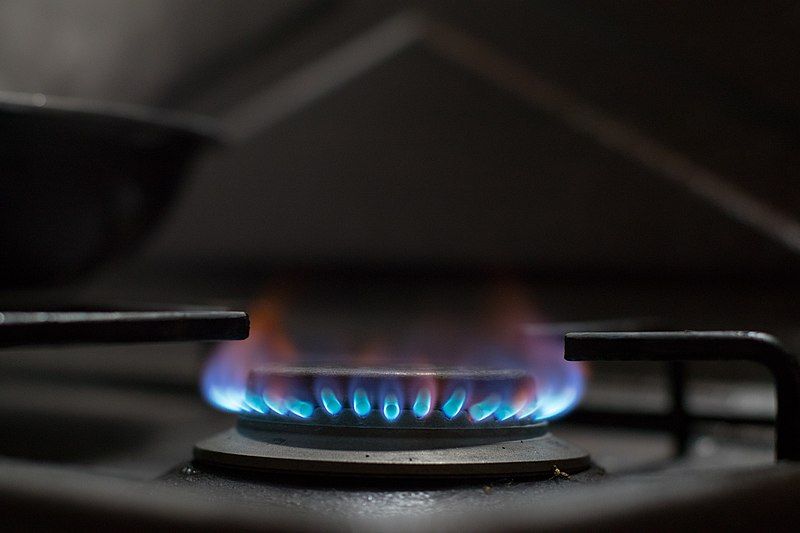The gas situation is getting better in Denmark. Much better!
The EU countries recently set a goal of raising their gas supplies to 85 percent of storage capacity by the start of winter, and Green Power Denmark and Energinet can now confirm the Danish reserves are full to the brim: enough for two to three months of supply over the winter.
“This means we are very well prepared when we enter the winter. We simply cannot get more gas in stock than we have right now,” commented Green Power Denmark chief consultant Kristian Rune Poulsen, according to DR.
Improved gas supplies across the EU
Gas prices have been falling accordingly – particularly in light of Germany’s storage reaching 96.0 of capacity and France reaching 98.9 percent, according to AGSI+.
As of Monday October 17, they had fallen by 60 compared to their peak in late August. At 0.13 euros per kilowatt-hour of natural gas, it is the lowest price since June, according to Dutch gas exchange TTF.
“Consumers quite rightly feared the development of natural gas prices over the winter months. However, the latest price development is encouraging and gives hope of a much cheaper winter than feared,” Per Hansen, an investment economist at Nordnet, told TV2.
Still an urgency to conserve
Nevertheless, caution is still being advised to consumers to save energy where they can. Their efforts have already contributed to the situation becoming rosier, achieving a better supply and demand balance.
In the second half of the winter, Denmark could still end up being dependent on its production of biogas and imports from other countries – particularly if the winter is long and harsh.
“What will be decisive is how the winter will be. It could still become quite critical if we get an icy winter in January, but if it is a mild winter, we are actually in a quite okay situation,” Danske Bank chief analyst Arne Lohmann Rasmussen told TV2.
And everyone wants a cheaper bill, right?
In general, consumers whose energy bills are dictated by variable electricity prices can avoid high energy bills by taking into account the weather conditions and checking the current prices.
It’s true that off-peak hours are generally the cheapest, but not when it is windy (anything over seven metres per second). Likewise, blue skies and constant sunshine can also see prices dip during the middle of the day.
Check the graph on this link to assess whether the next two to three hours are a good window in which to do some washing. And bookmark it, as this graph will update, even though the story was first published in May.














